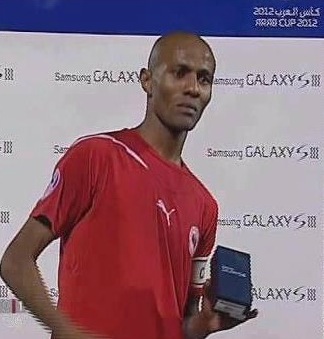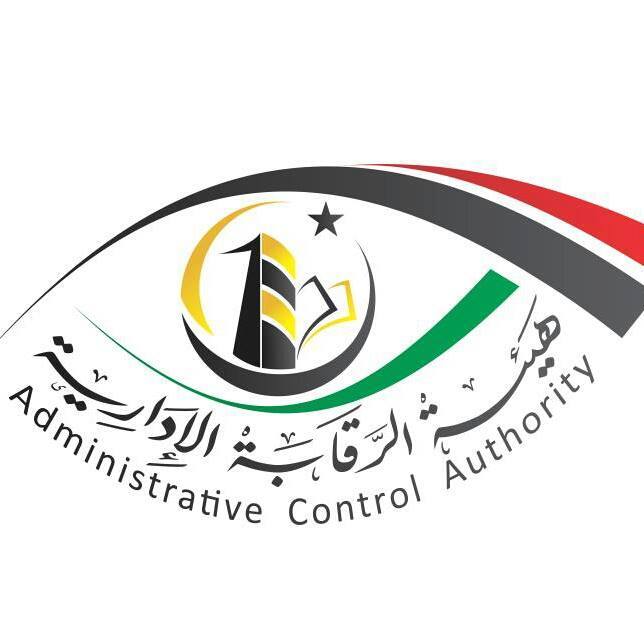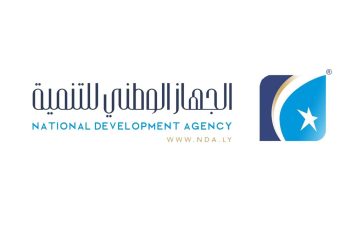By Mohamed Assed.
Tripoli, 7 July:
The Libyan Football Team lost the final of . . .[restrict]the 9th Arab Nations Cup 1-3 to Morocco in penalty shoot-outs after both teams drew 1-1 on Friday. The final match was played before a small crowd in the Prince Abdullah Al-Faisal Stadium in the Saudi Arabian Red Sea city of Jeddah.
Both teams played an entertaining game worthy of their performance throughout the tournament. The Moroccan team dominated the first half of the match and had more goal-scoring chances than Libya. However, Libya was the better team during the second half.

Morocco took the early lead of the game when Ibrahim Al-Bahry scored the first goal in the 5th minute of the first half. Libya responded very late on and scored the equalizer only in the 88th minute thanks to Faysal Mansour, two minutes before the final whistle. The score stood at 1-1. The match was extended to extra time. Both teams played in remorseless fashion in both halves of extra time. Nevertheless, neither team could win the game after 120 minutes of play. It was time for the tenuous set of penalty shoot-outs. That was where Morocco sealed the victory when they scored three of the shoot-outs while Libya scored only one penalty out of four.
Morocco’s coach, Eric Gerets, was under a lot of pressure from the Moroccan media, especially after failing to qualify Morocco beyond the first round of the last Africa Cup of Nations co-hosted in Gabon and Equatorial Guinea earlier this year. A final victory was the only act of atonement from Gerets that could be accepted by the Moroccan fans. Therefore, Gerets fielded the usual offensive formation of 4-2-3-1, relying on Yassine Assalhi’s clinical finishes in the front. Morocco’s main star of the tournament, Assalhi, was backed by three attacking midfielders, Abdessalam Benjelloun, Mnassfy, and Ibrahim Al-Bahry.
On the other hand, Libya’s coach, Abdulhafeed Arbich, used a formation different from the one used in the semi-final against Saudi Arabia. Arbich fielded a 3-5-1-1 formation, with only three defenders instead of four. Arbich relied on three central defenders, five midfielders, and one striker in the front, Ihab Al-Bousefy. Ahmed Saad, Libya’s number 10, captain and main star of the tournament played as the only classical attacking midfielder and “pass-sprayer” behind Ihab Al-Bousefy. Saad roamed the midfield and built Libya’s play and attacks. However, his team-mates were not as impressive as he was on the field.
The Moroccan team started the game by attacking the Libyan defense in a compassionless way. They were quick to strike early in the game when they took the lead in the 5th minute through Ibrahim Al-Bahry after receiving a clinical through ball from Yassine Assalhi.
The goal did not dishearten Libya. On the contrary, Libya tried to react directly by attacking the Moroccan defense through Ihab Al-Bousefy and the indomitable Ahmed Saad. However, Morocco’s defense stood strong before the Libyans and nullified their attempts to equalize the score. A lot of space was left in Libya’s defense as it tried to attack the Moroccans aggressively. Morocco, on the other hand was able to successfully exploit Libya’s misdemeanors when Abdessalam Benjelloun sent in a nice through pass to Yassine Assalhi whose shot came very close to adding the second goal for Morocco in the 9th minute of the first half.
Libya’s attempts to score the equalizer before the end of the first half continued, but the crosses and passes of the players were sloppy and lacked the necessary gravity to threaten Morocco’s goalkeeper, Aziz Al-Kinany. Arbich’s patience was growing short as he substituted Mohammed Al-Moughrby for Hamad Al-Snoussi 15 minutes before the end of the first half. One minute before the end of the first half, Ihab Al-Bousefy’s header was close to finding the net when Aziz Al-Kinany did well catch the shot.
With the beginning of the second half, Abdulhafeed Arbich affected a change in Libya’s offensive structure on the field when he changed the formation from 3-5-1-1 to 3-4-1-2, ordering Al-Ghanoudi to join Al-Bousefy in the attack, and thus playing with two strikers in the second half instead of one. Libya’ new tactical formation in the second half provided more depth to the attack as Libya’s treble-composed attack was able to create more goal-scoring chances through Ahmed Saad, Al-Bousefy and Al-Ghanoudi.
The speed of the game increased significantly as both Arbich and Gerets ordered their players to play a set of quick passes and not to rely much on dribbling and long passes. With Libya’s changed tactic, Morocco found itself in a difficult position as it conceded a lot of space to the Libyan attackers. However, much to the dismay of Arbich and the Libyan fans, the players could not take full advantage of their tactical superiority as they wasted too many goal-scoring chances.
Faced with Morocco’s obvious faltering display in the beginning of the second half, Eric Gerets made his first substitution by fielding Abdessalam Kaddoum in the place of Abdessalam Benjelloun. Indeed, Morocco’s attacking display improved pointedly after the substitution as Kaddoum added more speed and sparkle to the Moroccan attack.
Arbich played his last cards when he fielded Salem Ablou in the place of Abdulaziz Breech in the last fifteen minutes of the game. Libya’s persistence and hard work to score the equalizer in the second half paid off when they managed to do so only two minutes before the final whistle when Faisal Mansour sent in a curved right shot that went into the back of Al-Kinany’s net. Both teams were set in for an extra time as the referee ended 90 minutes of enthralling display.
With the beginning of the first half of extra time, Morocco was back on fire as they aggressively attacked the Libyan defense and resorted to attacks from both the left and right sides of the field. This time around, it was Libya who tried to exploit Morocco’s cleared spaces in the back as they relied on Ahmed Saad’s pace in the counter attacks to score the second goal, but to no avail.
With the beginning of the second half of the extra time, the Libyans and Moroccans were exhausted after more than 100 minutes of play. As a result, both teams were reluctant to play openly given the importance of the game and the fact that both teams were afraid to concede a goal in such a difficult time of the match. As the extra time finished, both teams resorted to the stiff session of penalty shoot-outs, where Morocco sealed the final victory when they scored three of the penalty shoot-outs; while Libya scored only one penalty out of four.
Despite Libya’s loss in the final, the lads of Abdulhafeed Breech played an excellent tournament and gave the whole Arab world a lesson in persistence, hard work, and grit. Libya now is the second best football team in the Arab world in spite of the fact that the Libyan football stopped for more than two years.
HATS OFF TO LIBYA!
[/restrict]








